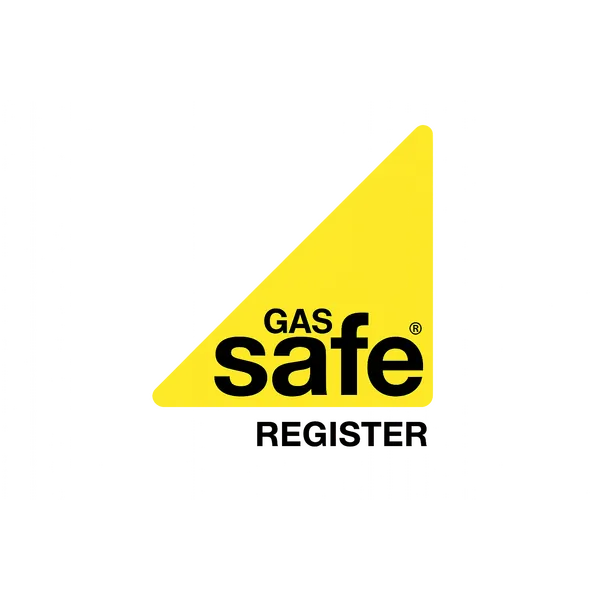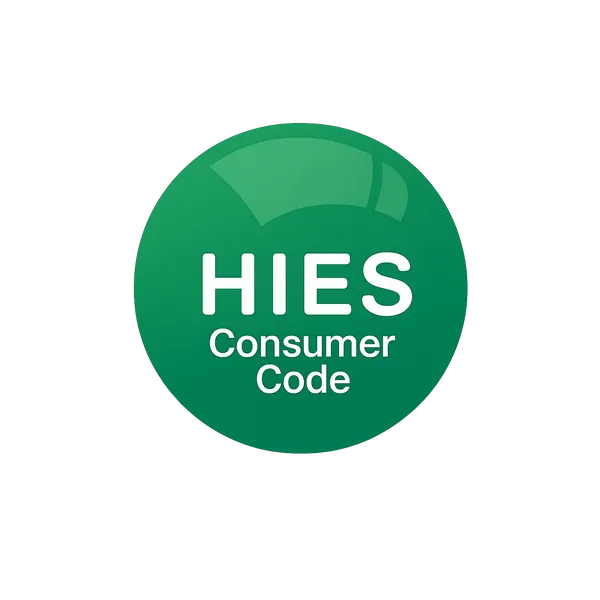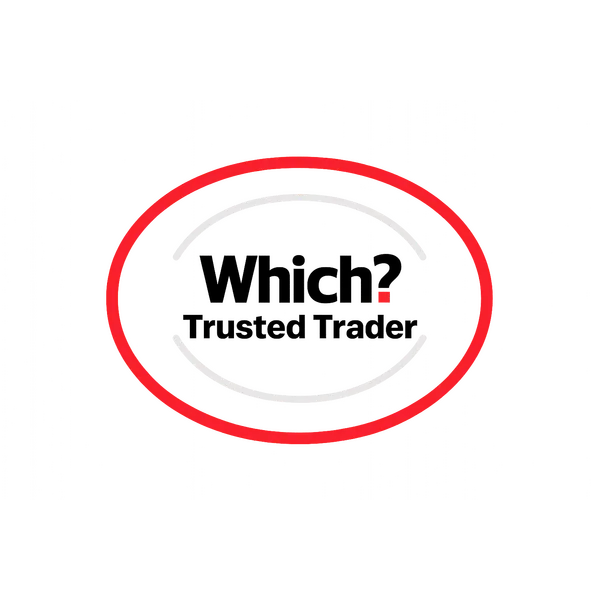How to Get a G98 Certificate: DNO Approval, Solar PV, and Battery Storage Explained
See our great reviews
How to Get a G98 Certificate: DNO Approval, Solar PV, and Battery Storage Explained
If you’re thinking about a solar photovoltaic (solar PV) installation, you’ll need approval from your local Distribution Network Operator (DNO). The DNO is responsible for making sure your solar PV system connects safely to the electricity network. This approval is a mandatory step for all new grid connections, whether you’re installing solar panels, a battery storage device, or both.
What does this mean?Before your solar PV system can export energy to the grid, it must be checked for safety and compliance with the requirements set by the Energy Networks Association.
Get panels installed in just 4 weeks
MCS Accredited
Save up to 80% on your bills
What is a G98 Certificate?
A G98 certificate is official documentation that confirms your solar PV installation (with an inverter up to 3.68kW) is approved and safely connected to the grid. The G98 process is designed for smaller generators, such as most home solar PV systems and battery storage devices.
What does this mean?
If your inverter’s potential output is 3.68kW or less, you need to complete the G98 process. This certificate allows your installation to connect in parallel with the public low voltage networks and export energy to the national grid.
What About Larger Systems? (G99)
If your solar PV system or battery storage device has an inverter with a potential output above 3.68kW, you’ll need to follow the G99 process instead. G99 applies to larger generators and three-phase installations.
What does this mean?For bigger systems, there are extra steps and more documentation to complete. Your installer will guide you through the G98 and G99 requirements.
The G98 and G99 Approval Process: Step by Step
1. Completing the Installation
Your installer completes the solar PV system installation, including any battery storage or electric vehicle charging device. All devices must be type tested and meet the requirements set by the Energy Networks Association.
2. Submitting Your Application
Your installer submits the G98 or G99 notification form to the local DNO. This includes all technical details about your installation, device capacity, and inverter specifications.
What does this mean?
You don’t need to worry about the paperwork—your installer is responsible for completing and submitting all documentation.
3. National Grid Registration
The DNO and the national grid review your application, check your system’s compliance, and register your installation on the electricity network.
4. Receiving Your Certificate
Once approved, you receive your G98 or G99 certificate. This certificate confirms your installation is safe, legal, and ready to export energy.
What does this mean?
With your certificate, your solar PV system can officially connect to the grid and you can participate in schemes like the Smart Export Guarantee.
5. Note on Timeframes
The approval process can take from 3 to 12 weeks, depending on the DNO’s workload and your installation’s details. Please note: sometimes the wait is out of your installer’s control.
Battery Storage, Vehicles, and Upgrades
Adding battery storage or an electric vehicle charging device to your solar PV system is a great way to maximise your energy savings. If your total inverter output stays under 3.68kW, you’re still under G98. If you go above, you’ll need G99 approval.
What does this mean?Always check with your installer before upgrading or adding storage, so you stay compliant and approved.
Why DNO Approval and Certification Matter
- Safety: Ensures every device and installation meets strict safety standards.
- Quality: Only approved, type tested systems can connect to the grid.
- Obligation: It’s your responsibility to keep your documentation up to date and notify the DNO of any changes.
- Export: Without the right certificate, you cannot export energy to the national grid.
- Further Information: Your installer and the Energy Networks Association can provide guidance and support if you have questions.
Safety: Ensures every device and installation meets strict safety standards.
Quality: Only approved, type tested systems can connect to the grid.
Obligation: It’s your responsibility to keep your documentation up to date and notify the DNO of any changes.
Export: Without the right certificate, you cannot export energy to the national grid.
Further Information: Your installer and the Energy Networks Association can provide guidance and support if you have questions.
Notifying the DNO of Changes
If you upgrade, repair, or add new devices (like battery storage or a vehicle charger), you must notify the DNO. Failing to do so can result in your system being permanently cut off from the grid.
What does this mean?Always keep your DNO informed to protect your investment and stay connected.
In Summary
Getting a G98 certificate is a mandatory step for most home solar PV systems and battery storage installations. Your installer will handle the process, provide all documentation, and keep you updated. For further information, always ask your installer or check with your local grid operator.
Switching to solar and battery storage is a smart move—just make sure your installation is approved, certified, and ready to export energy to the national grid!
For further information or support, contact CRG Direct Solar or your local Distribution Network Operator. We’re here to help you every step of the way!















